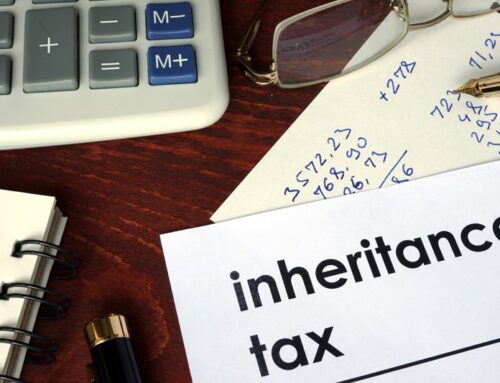When dividends cannot be paid
Under the Companies Act 2006, dividends can only be paid from realised profits, never from capital, no matter what a company’s Articles of Association say.
Dividends can only be paid by a company out of profits available for distribution, not from capital, even if the company’s Articles of Association suggest otherwise. This rule is established under Companies Act 2006, section 830, and forms a key legal restriction on dividend payments.
Profits available for distribution are defined as a company’s accumulated, realised profits (from both revenue and capital), not previously distributed or capitalised, minus its accumulated, realised losses, provided these losses haven’t already been written off through a formal reduction or reorganisation of capital.
HMRC’s internal manuals go further and state that the Act lays down what may be termed the ‘balance sheet surplus’ method of determining profits available for distribution. Under this, a company can distribute the net profit on both capital and revenue at the particular time, as shown by the relevant accounts.
Additional rules apply to certain types of companies including investment and public companies.











